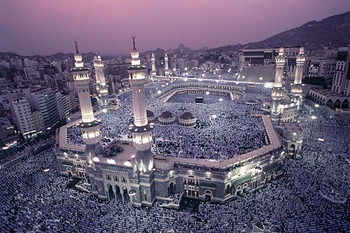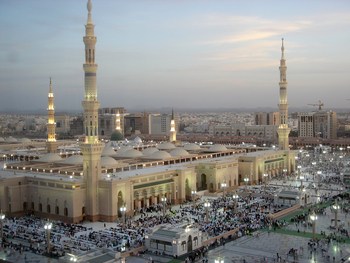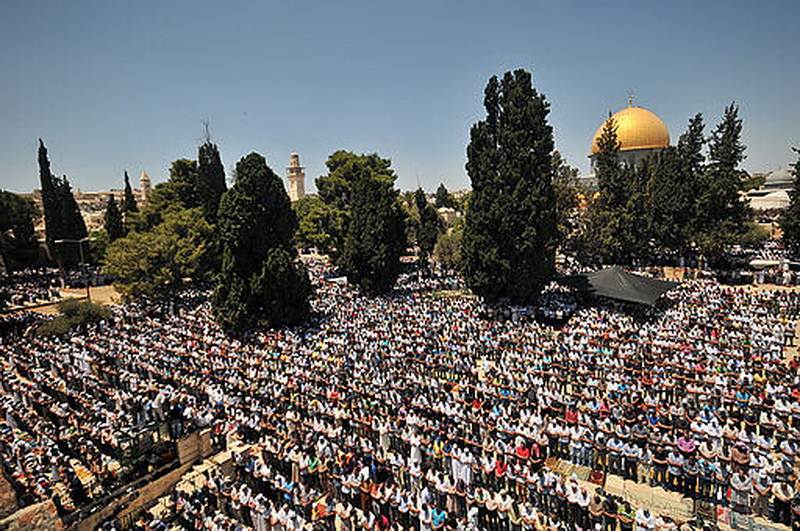Al-Jazeerah
 |
 |
 |
| Al-Haram Mosque in Makkah | The Prophet's Mosque in Madinah . | Al-Aqsa Mosque Compound in Jerusalem |
Islam: God's Message of Guidance to Humanity
Al-Jazeerah |
|
|||||||
|
Islam: God's Message of Guidance to Humanity
|